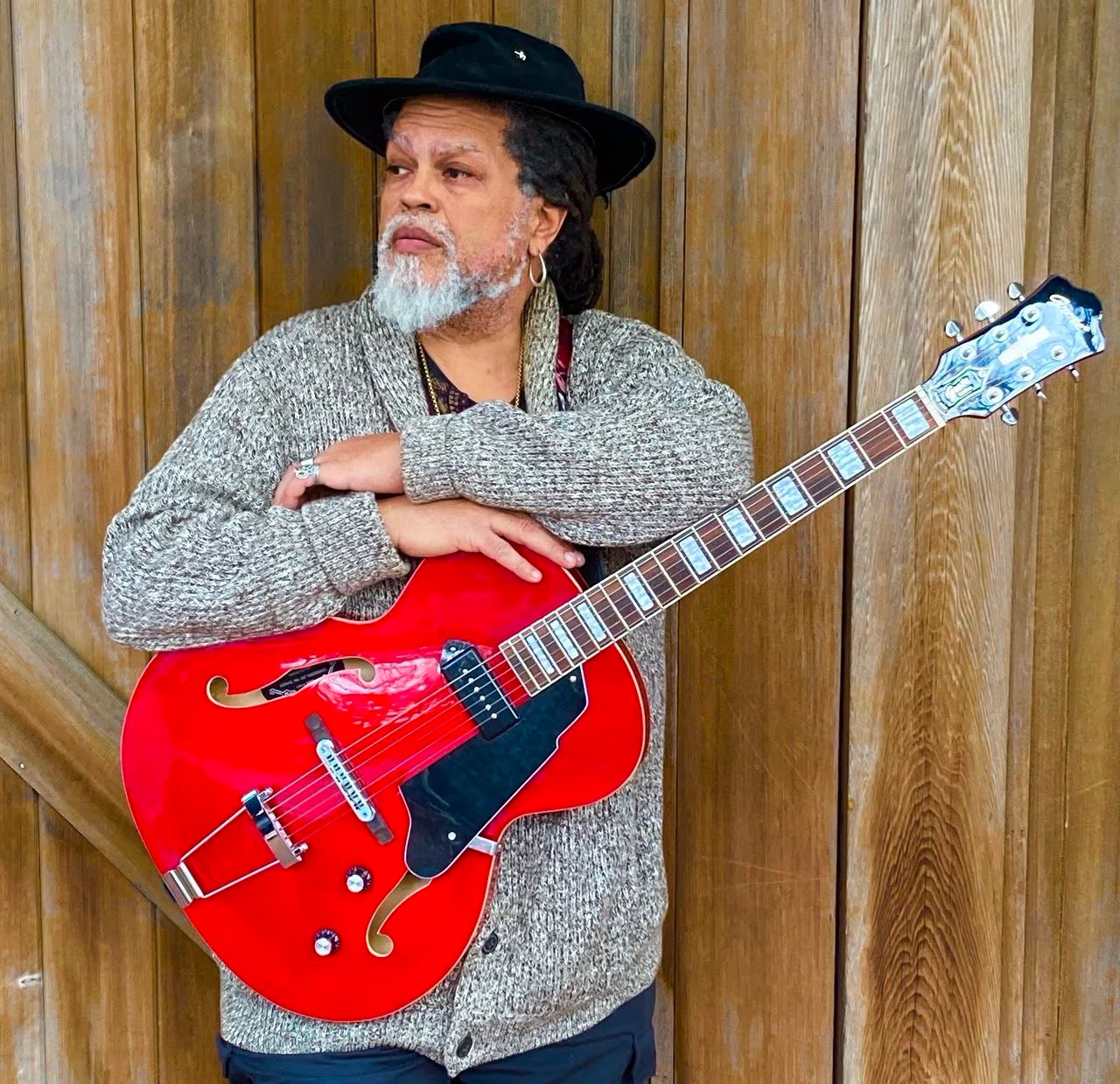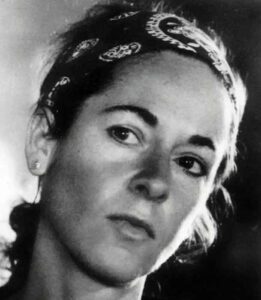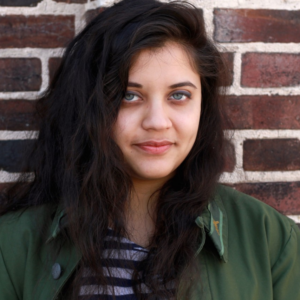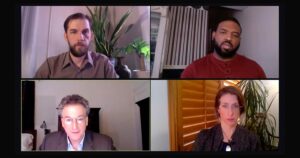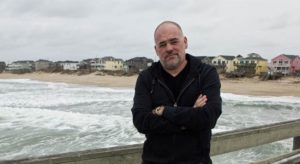
…disability is too often excluded in discussions of diversity, a good deal of which, for good reason, focuses on race. This silence is especially noteworthy because disability crosses racial, gender, sexuality, class, and national boundaries.
As far as I know, this is the first response by a disabled writer to Lionel Shriver’s screed in The Spectator about Penguin/Random House UK’s push for diversity.
In Shriver’s attack on Penguin’s goal that by 2025 the percentage of their staff and authors should reflect that of the UK population she writes, “If an agent submits a manuscript written by a gay transgender Caribbean who dropped out of school at seven and powers around town on a mobility scooter, it will be published, whether or not said manuscript is an incoherent, tedious, meandering and insensible pile of mixed-paper recycling.”
To this, Japanese American writer and fellow Goddard faculty member Rahna Reiko Rizzuto responded: “Really? I would totally read that.” My first thought was how much I’ve read by Caucasian heterosexual cis-gendered well- educated nondisabled biped writers that fit Shriver’s “incoherent, tedious, meandering and insensible” description.
I won’t unpack all the implications of Shriver’s description as that has been done elsewhere. What I want to talk about is the lack of disability inclusion in the responses I’ve read thus far. Penguin/Random House UK has included disability in their stated diversity goal. But in most responses I’ve read ultimately disabled writers are left out.
For example, in The Independent, Amrou Al-Kadhi writes about Shriver’s description as being “infused with systemic homophobia, transphobia, ableism, racism and classism.” But when he ends his perceptive piece (“All that’s being demanded is for the pie to be equally distributed, so that everybody, no matter your race, sexuality, gender or class, can be offered a slice”) disability has disappeared.
Census data puts the “incidence of disability” at close to 20% of the US population. In 2010 the disabled population of the US was estimated at 56.7 million.
But disability is too often excluded in discussions of diversity, a good deal of which, for good reason, focuses on race. This silence is especially noteworthy because disability crosses racial, gender, sexuality, class, and national boundaries.
This lack of discussion, and inclusion, of disability is reflected in publishing. After consistent complaints to the Association of Writers and Writing Programs (AWP) that its annual writers conference, one of the largest such conferences in the world, was not only physically inaccessible but did not include disabled writers on the main stage, part of AWP’s response was, “There just hasn’t been a disability moment yet.”
Twenty years ago, I edited Staring Back: The Disability Experience from the Inside Out, published by Plume, the first multi-genre anthology of disabled writers writing about disability. The anthology included work by many well-known writers such as Adrienne Rich, Andre Dubus, Stanley Elkin, and Lucy Grealy, as well as others known more within disability culture and others then unknown. Despite the anthology’s sales and importance, and though it is still used in many university courses, the book remains out of print.
Though a few disabled writers have recently won awards and received attention (Susan R. Nussbaum’s novel Good Kings Bad Kings and Molly McCully Brown’s The Virginia State Colony for Epileptics and Feebleminded are two examples), the literary representation and discussion of disability remains, for the most part, relegated to niche places. Work by important disabled writers goes unnoticed by both mainstream publishers and reviewers. Meanwhile, books by nondisabled writers about their disabled children or siblings are given space in what is considered “the mainstream.”
There are commercial and marketing concerns, which are probably more a question of perception than actuality. There are thousands of books by nondisabled writers that sell as much as, or less than, books by disabled writers.
We need to look at historical reasons for this exclusion. As I wrote in my introduction to Staring Back, “Throughout history, people with disabilities have been stared at … defined by the gaze of and the needs of the nondisabled world.” Writing by disabled writers has often seen more as “therapy” than art. Disabled protagonists are not seen as universal, despite the fact that all of us, at one time or another in our lives, will be, either temporarily or permanently, disabled.
Few, if any, of our literature’s gatekeepers are disabled. In The Independent, Al-Kadhi refers to a recent UK survey that 90% of people in publishing are white. I’ve yet to see a similar survey of disabled people in publishing. I imagine the percentage of disabled people in publishing to be even less than this survey’s nonwhite 10%. Today, most grant and award juries have at least some gender and racial diversity. But these juries rarely, if ever, include a disabled writer.
Perhaps, most importantly, as Al-Kadhi points out, “How we are taught to judge ‘good work’ is inextricably rooted in the structures of social and racial privilege.” Just add nondisabled privilege to the list.
There are some places where this is changing. Both the Canada Council for the Arts and the Ontario Arts Council have made it a priority to fund historically underrepresented disabled writers and artists. But initiatives such as Penguin/Random House UK’s push for diversity that includes disability are sorely lacking in the U.S.
The attitude reflected by Toby Young’s tweet in support of Shriver,” any BME, gay, trans or female authors [Penguin] publishes from now on will worry that they haven’t been chosen on merit, but because they tick a diversity box,” is paternalistic nonsense. Open publishing and the literary conversation to disabled writers and I doubt any of us will worry. We already know our value.

